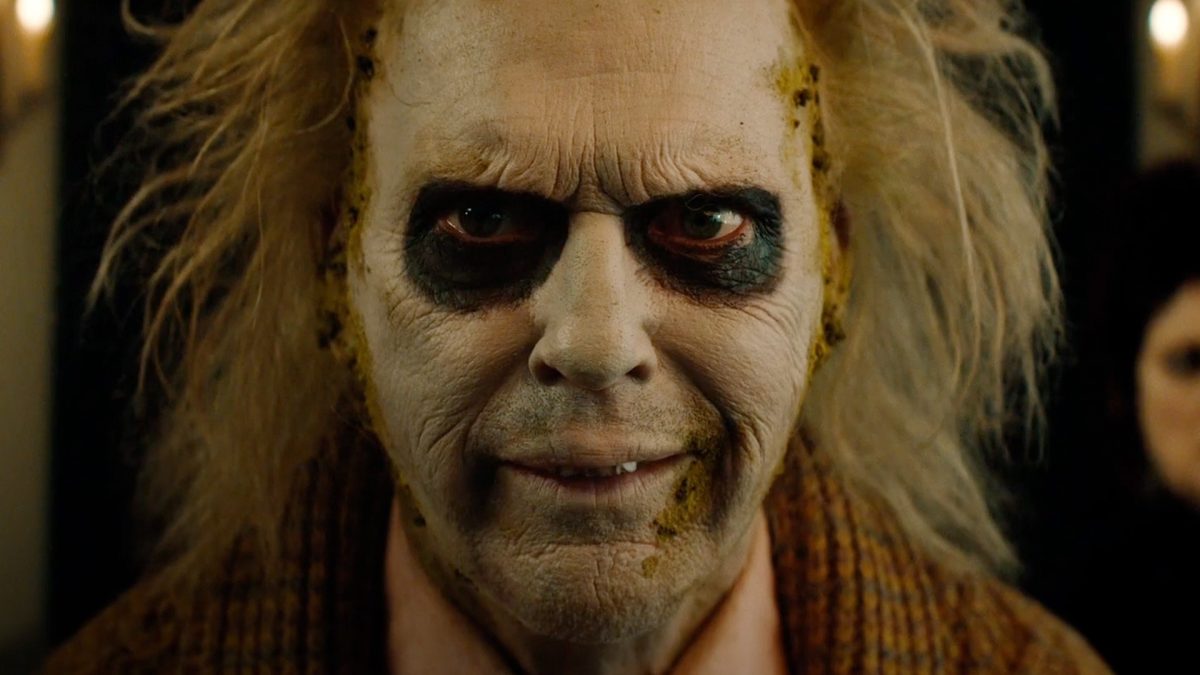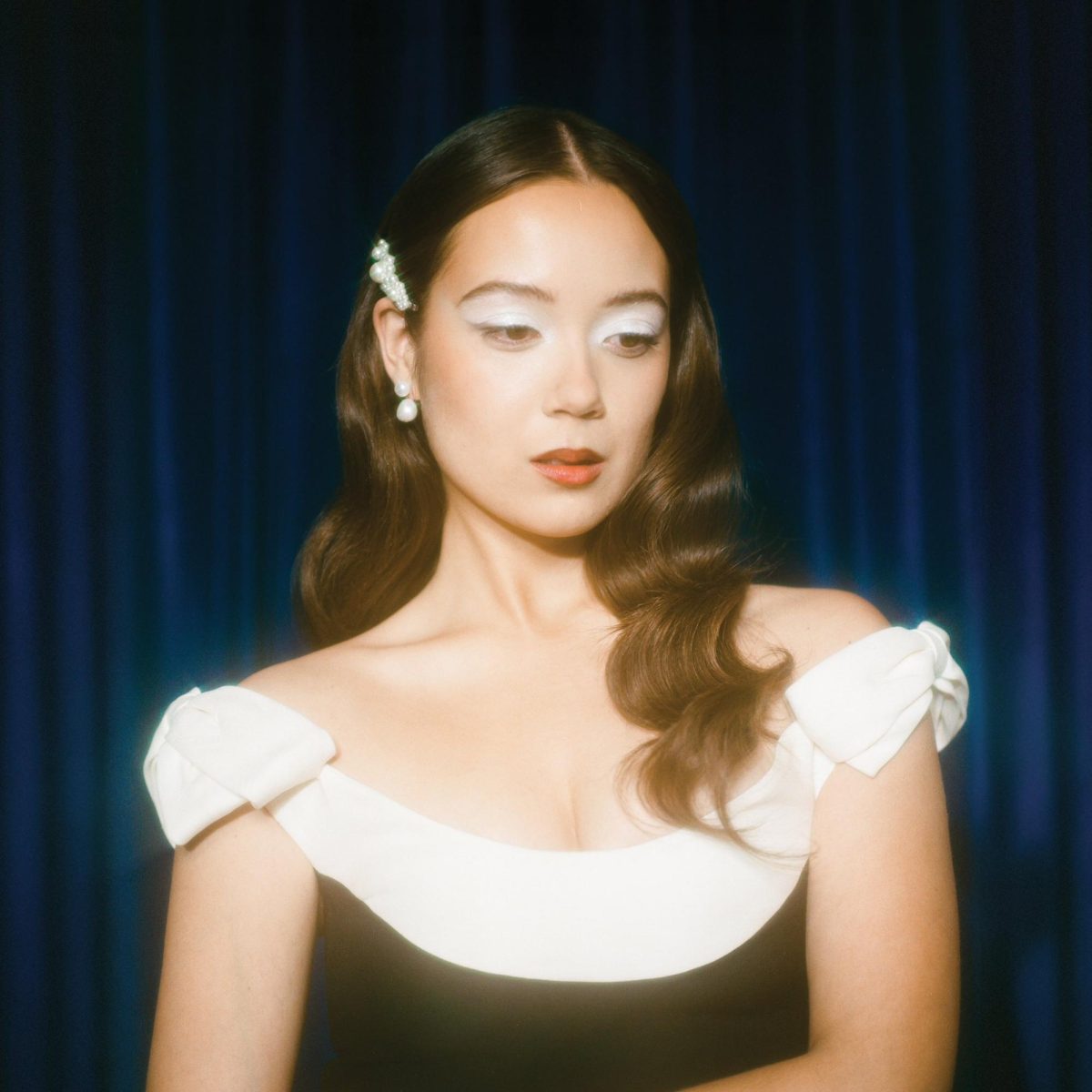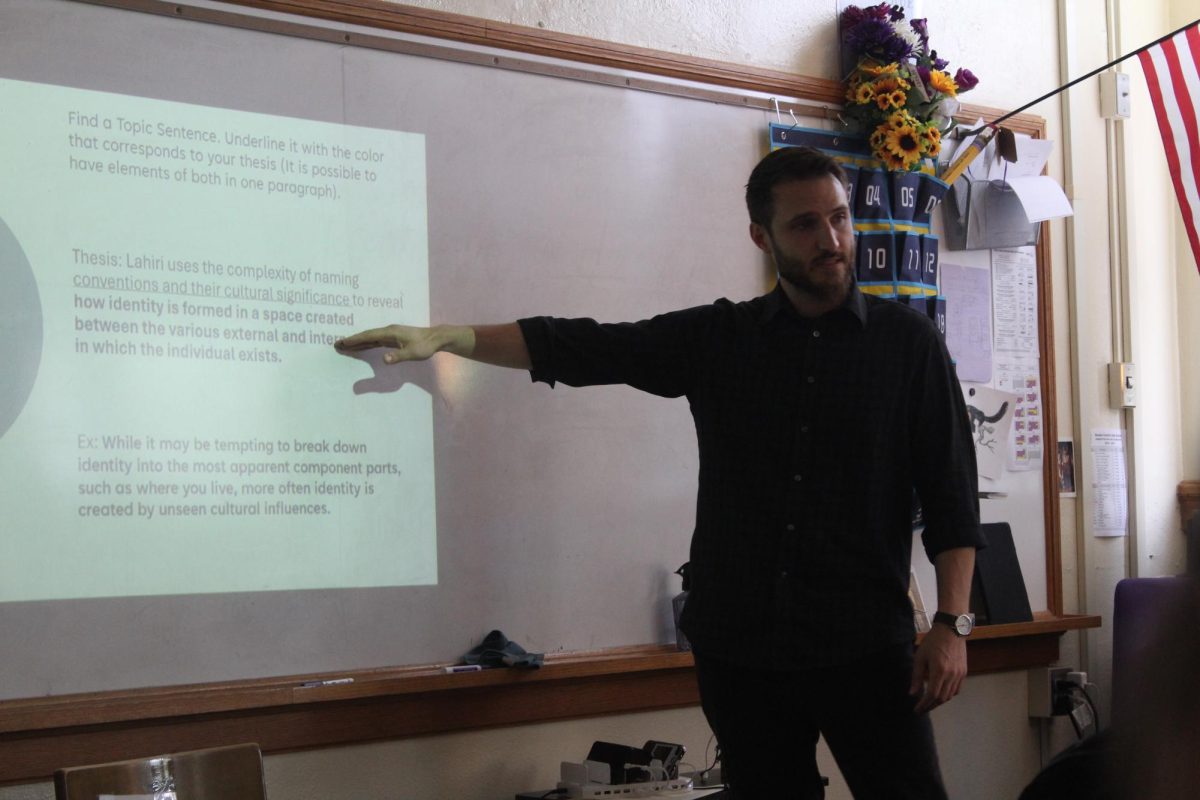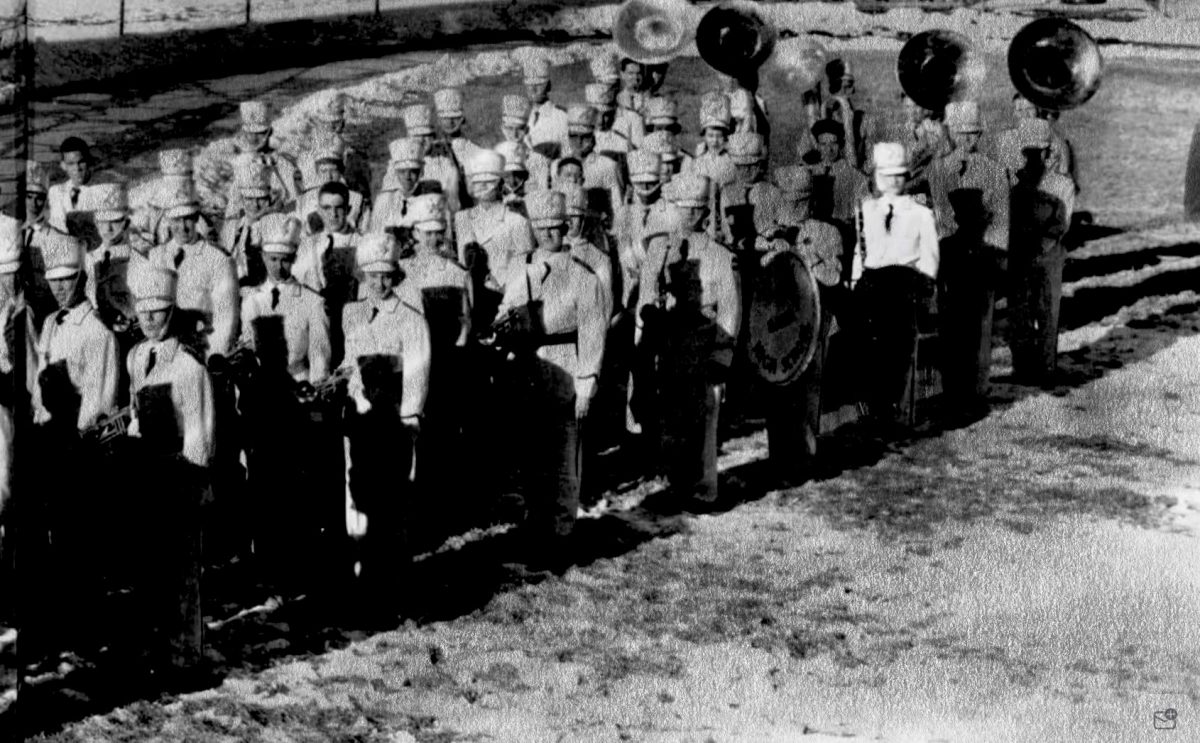Disney released its 100th-anniversary movie “Wish,” commemorating the company’s century of works and one of their original slogans, “Wishing on a star.” However, I do not think it fully represents Disney as a whole.
This movie follows 17-year-old Asha, who faces the truth in the magical kingdom of Rosas, where, at the age of 18, people make wishes to King Magnifico. But once they make this “wish,” they completely forget about the idea or item they wished for, thus making it so they can never make their own dreams come true. These wishes get selectively granted by King Magnifico, and some are never granted.
Asha is unsettled by this idea that people’s passions and wishes are completely taken away, so much so that she wishes on a star, and the star helps her save the kingdom by rightly returning people their wishes.
This movie was supposed to be a representation of how far Disney has come, giving light to their old animation styles seen in “Snow White,” “Lion King,” “Sleeping Beauty” and the rest of the Disney classics. All of these animations had 2D characters with a 2D background. In the “Wish” movie, they wanted to commemorate this by having a 2D, watercolor-looking background like the ones in “Sleeping Beauty” and “Bambi,” but they wanted 3D characters like in “Frozen” or “Moana.”
The issue with this was movies like “Frozen” and “Moana” were fully 3D animated, thus the characters did not stick out of their backgrounds. But in “Wish,” the 3D Characters stuck out of their backgrounds as if they were on a set of a play where the backgrounds were painted by a stage crew.
The reason this did not seem to fully work is because 2D animation is animation set in a two-dimensional plane where there can be up to 24 frames, but 3D animation takes digital items and makes them come to life. In this instance, they did not make the background lively enough to match their characters.
Most movies keep these separate, either fully 2D or 3D. One example of them blending and creating a cohesive view was in “Spider-Man: Into the Spider-Verse.” Mixing the two in this sense still gave “Spider-Man” its original comic book feels while bringing the characters to life, from out of the book. They were able to do this because they used the 2D animation style to its fullest ability with captivating, elaborate scenes.
Additionally, the plot did not fully flow, and there were gaps and ideas that were never fully developed.
The antagonist, King Magnifico, was introduced as making this kingdom with his wife after the escape from danger that happened during his childhood. The movie never explained what happened or mentioned this idea again; the filmmakers introduced this and let it die there. As I was watching, I thought this would be a crucial part of the film as a backstory of the antagonist, but it was not.
In “Wish,” King Magnifico turns evil as soon as another person can capture a sense of magic, and Asha does this by accident. He became afraid of this and then suddenly turned into an evil person with no explanation at all. These ideas wasted the meaning of the antagonist.
Overall, this film was not memorable at all, the songs were not catchy and reminded me of garage band songs that I would make in middle school. Also, the friends that Asha had to help her save the kingdom were never introduced and their stories were never created. “Wish” had no flow and no significance.
I think this movie would be interesting for a child because of the bright picture with talking animals and butt jokes. It was not good enough to honor Disney’s work over the last 100 years. Disney-Pixar films are not just for kids but are kid-friendly, so everyone should be able to enjoy these films.
This is another example of how Disney is in its “flop era” where they have not created new films the audience is attached to. This is the first year since 2014 that Disney has not had a movie reaching one billion dollars in total box office earnings.



















